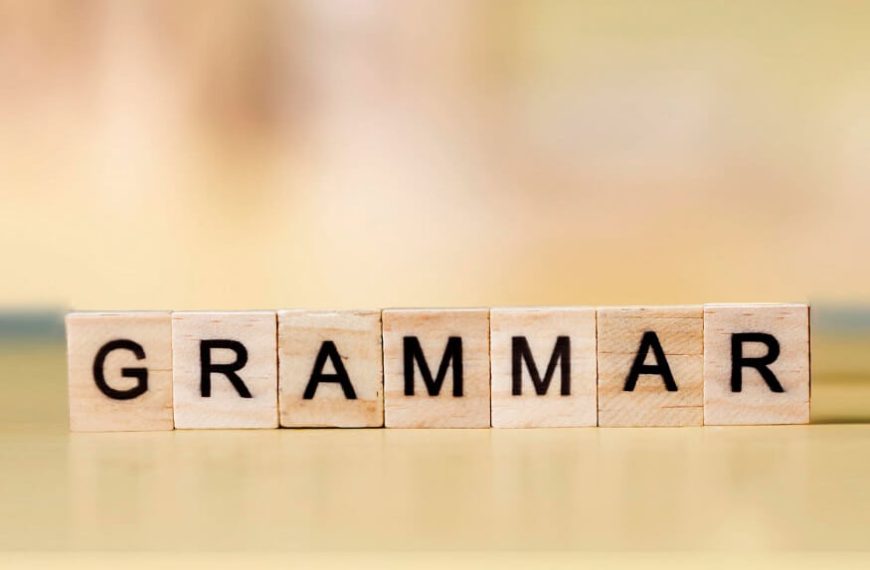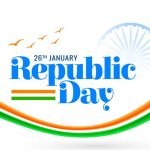When you dive into the world of grammar, one of the foundational elements that can’t be ignored is the conjunction. Many might wonder, “What is a conjunction?” A conjunction, simply put, is a word that joins words, phrases, or clauses together, giving our sentences depth and complexity. In this article, we will discuss what a conjunction is, provide a conjunctions list, look at various types of conjunctions, and delve into some vivid conjunction examples.
What is a Conjunction?
A conjunction acts as a bridge, linking different parts of a sentence together. Without conjunctions, our sentences might sound abrupt and disconnected. For instance, consider the difference between “I wanted tea. I didn’t want coffee.” and “I wanted tea, but I didn’t want coffee.” The word ‘but’ in the latter sentence acts as a conjunction, creating a smoother transition between the two ideas.
Types of Conjunctions
Understanding the types of conjunctions is crucial for effective communication. Primarily, there are three main types of conjunctions: coordinating, subordinating, and correlative.
Coordinating Conjunctions: These are the most commonly used conjunctions. A basic conjunctions list for coordinating conjunctions includes ‘for’, ‘and’, ‘nor’, ‘but’, ‘or’, ‘yet’, and ‘so’. They are often remembered by the acronym FANBOYS. Here are some conjunction examples using coordinating conjunctions: I enjoy reading books, and I love watching films.
She wanted to visit Paris, but she didn’t have enough money.
Subordinating Conjunctions: These conjunctions introduce a dependent clause and link it to an independent clause. Some examples from the conjunctions list of subordinating conjunctions include ‘because’, ‘although’, ‘unless’, and ‘while’. Here are conjunction examples for this type: I’ll stay indoors because it’s raining.
Although she was tired, she finished her work.
Correlative Conjunctions: These work in pairs to coordinate words or groups of words in a sentence. Common pairs in the conjunctions list for correlative conjunctions include ‘either…or’, ‘neither…nor’, and ‘both…and’. Here are some conjunction examples: You can have either tea or coffee.
Both Anna and Bob attended the seminar.
Conjunction Examples in Everyday Speech
In everyday speech and writing, we use conjunctions extensively, perhaps without even realizing it. To clarify the role and importance of conjunctions, here are some more conjunction examples: I wanted to go swimming, but the pool was closed. She is neither a singer nor a dancer. I’ll buy the dress if it’s on sale. It’s beneficial for individuals learning the language to be exposed to a variety of conjunction examples, as it aids in the understanding and practical application of conjunctions in everyday communication.
Conjunction Worksheets: An Effective Learning Tool
For educators, parents, or even learners trying to get a firm grasp on the topic, conjunction worksheets can be a valuable tool. These worksheets often contain exercises that require the learner to fill in the blanks with appropriate conjunctions from a provided conjunctions list, or to identify the types of conjunctions used in given sentences.
Such exercises help solidify understanding and enable practice. They also make learning interactive and engaging, as learners can see the immediate application and effect of using conjunctions correctly.
The Evolution of Conjunctions in Language
As language evolves, so do its components, and conjunctions are no exception. Over time, the way we use conjunctions and the types of conjunctions prevalent in everyday language can shift. The importance of understanding “what is a conjunction” isn’t just confined to its present use, but also its historical context.
Historical Use of Conjunctions
In older forms of English, especially during the Middle Ages, conjunctions played a pivotal role in the structure and rhythm of sentences. The Old English of Beowulf, for instance, has instances where conjunctions like ‘and’ (often written as ‘one’ or ‘7’) would frequently begin sentences, something modern English discourages.
Shakespeare, in his vast body of work, provided a plethora of conjunction examples that show the flexibility of their use in Early Modern English. Sentences like “For in that sleep of death what dreams may come,” from Hamlet, use conjunctions in a manner that might be considered poetic by today’s standards.
Regional Variations in Conjunction Use
Just as British and American English have differences in terms of vocabulary and pronunciation, there are subtle variations in how conjunctions are used. For instance, in certain American dialects, it’s not uncommon to hear the double conjunction “because, because of” as in the sentence, “I was late because of traffic.” While this might be considered redundant or improper in British English, it’s a colloquial nuance in parts of the U.S.
Understanding these regional variations and the types of conjunctions that are prevalent in a given dialect can be vital for those learning English as a second language or for native speakers communicating across different English-speaking regions.
Modern Conjunctions and Slang
Modern spoken English, especially among younger generations, has seen a rise in the informal use of conjunctions. Slang terms and phrases often act as conjunctions in informal speech. Phrases like “on top of that” or “plus” can serve as conjunctions in casual conversations, as in “I didn’t get much sleep last night, and on top of that, I forgot my umbrella.”
Why This Matters
The continuous evolution of conjunctions underscores the dynamic nature of language. While the foundational conjunctions list remains consistent, it’s essential to be aware of the changing landscape of conjunction use. This adaptability ensures effective communication across various platforms, from academic writing to casual conversations.
Furthermore, for educators and institutions, it’s beneficial to adapt teaching methodologies in sync with these changes. Introducing students to both traditional conjunction examples and their modern counterparts can make language learning more relatable and effective.
In the vast landscape of grammar, understanding “what is a conjunction” and the types of conjunctions is imperative. Conjunctions breathe life into our sentences, making them more cohesive and nuanced. With the conjunctions list at your fingertips, enriched by numerous conjunction examples, one can articulate thoughts more fluently and comprehensively.
In closing, for young learners especially, early exposure to conjunctions is beneficial. Institutions like EuroKids prioritize foundational language skills, ensuring children get a head start in mastering essentials like conjunctions from a tender age.
















